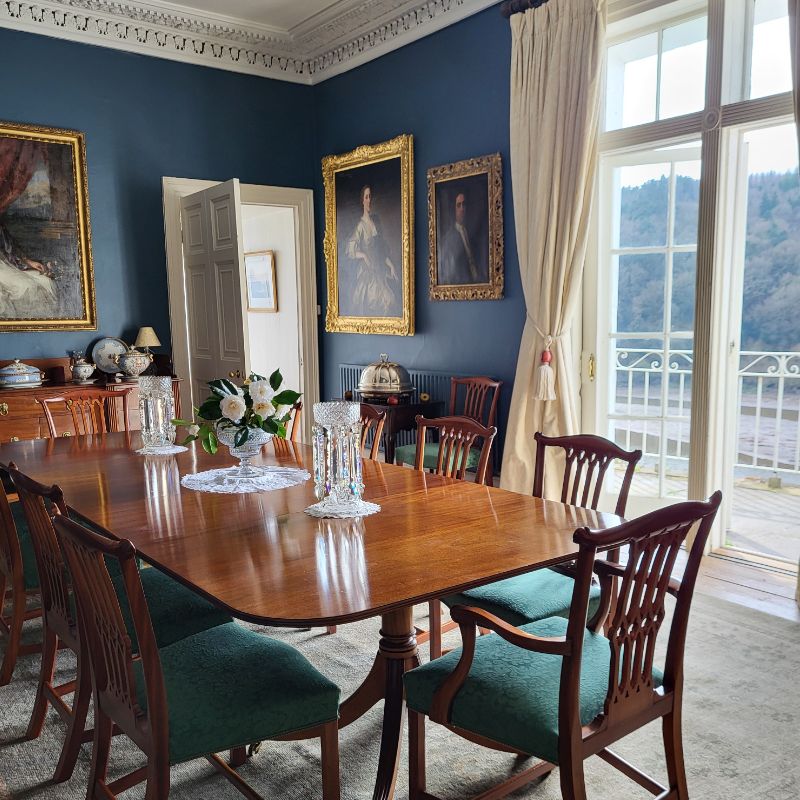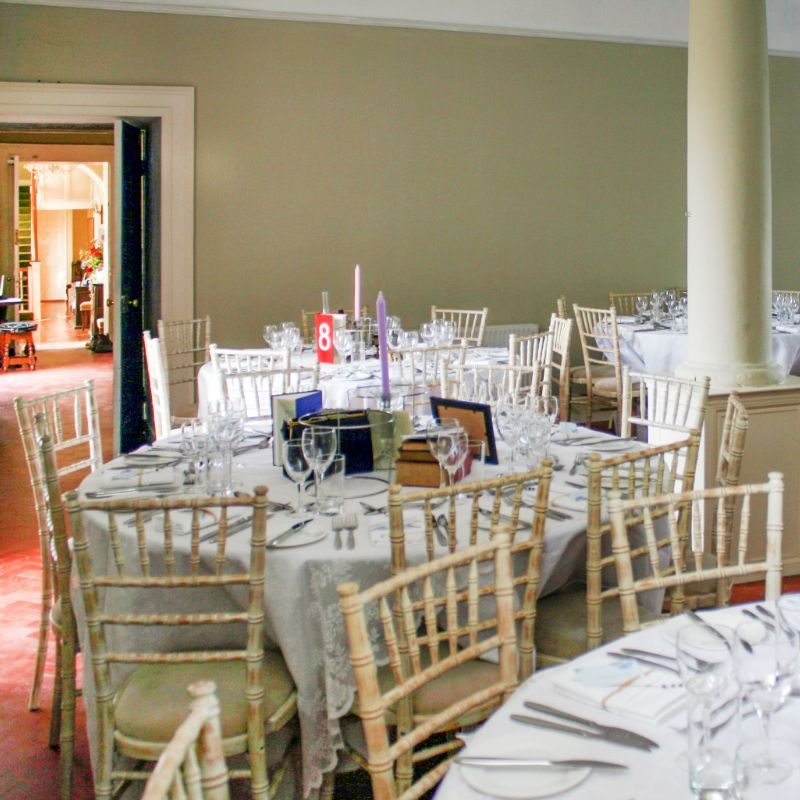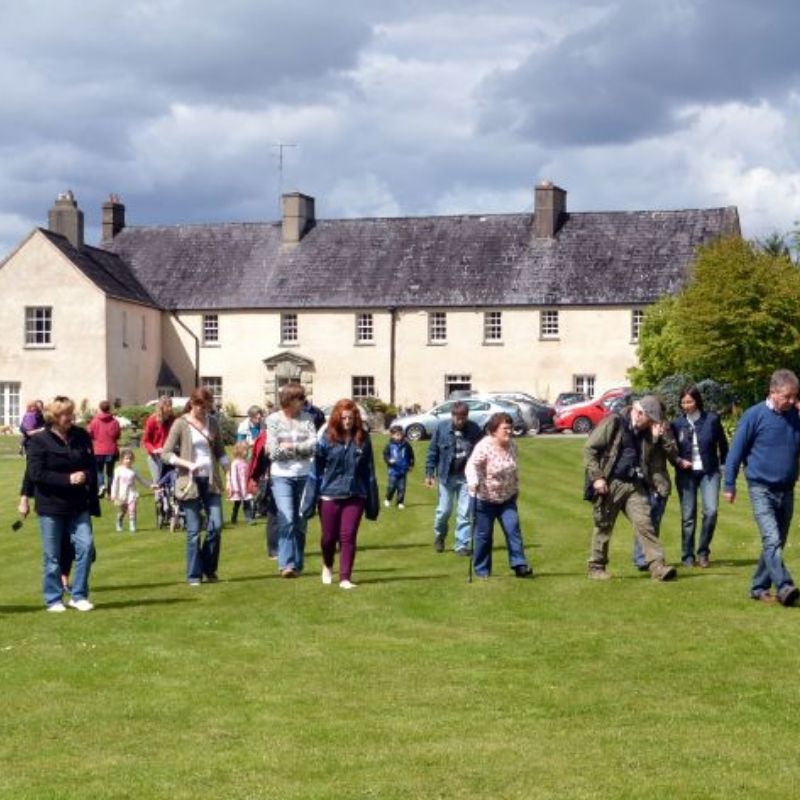
Corporate
Looking for somewhere to really impress your clients or work colleagues, Dromana’s dramatic setting over the Blackwater is ideal. The beautiful gardens, extensive woodlands and excellent on site facilities, including overnight accomodation for or up to 12 people, offers the opportunity for a truly unique experience. If you are a larger group talk to Barbara about additional options.
The Olde Kitchen, steeped in over 800 years of family history , is a large, flexible meeting space that can accomodate up to 60 people theatre style or 30 cabaret style. The room is equipped with an 8 ft. screen and overhead projector making it ideal for workshops, presentations, business meeting, lunches , dinners or team building sessions.
For smaller groups looking for a more intimate space to host client meetings, the private dining room in the main house is available on request.
We can also arrange a number of activities on-site including kayaking, fly fishing lessons, orienteering, foraging and gardening demonstrations.

Meetings
Choose Dromana for your private business meetings, lunches and or dinners. We can offer various options from an informal meeting in the drawing room, to a boardroom style layout in the dining room, or our more official Meeting room with large screen and projector . For more information , please do not hesitate to email or call Barbara +353(0)868186305 . Our aim is to please.


Gatherings
Dromana´s magnificent outdoor spaces and wonderful on-site facilities are a huge draw for clubs and societies. The extensive gardens, brimming with rare and unique species of flora and fauna, are a gardening enthusiasts dream and the peaceful location lends itself perfectly for hosting Yoga or Mindfulness’ retreats.
The Olde Kitchen, steeped in over 800 years of family history , is a large, flexible meeting space that can accomodate up to 60 people theatre style or 30 cabaret style. The room is equipped with an 8ft. screen and overhead projector making it ideal for workshops, presentations, lunches or dinners.
We have been delighted to host many gardening clubs, historical groups, car rallies, family reunions, walking clubs, mindfulness and yoga retreats either for the the day or to stay in our luxury accomodation.
For more information, please do not hesitate to email Barbara info@dromanahouse.com or telephone +353(0)868186305
For more information, please do not hesitate to email Barbara info@dromanahouse.com or telephone +353 (0)86 818 6305.

